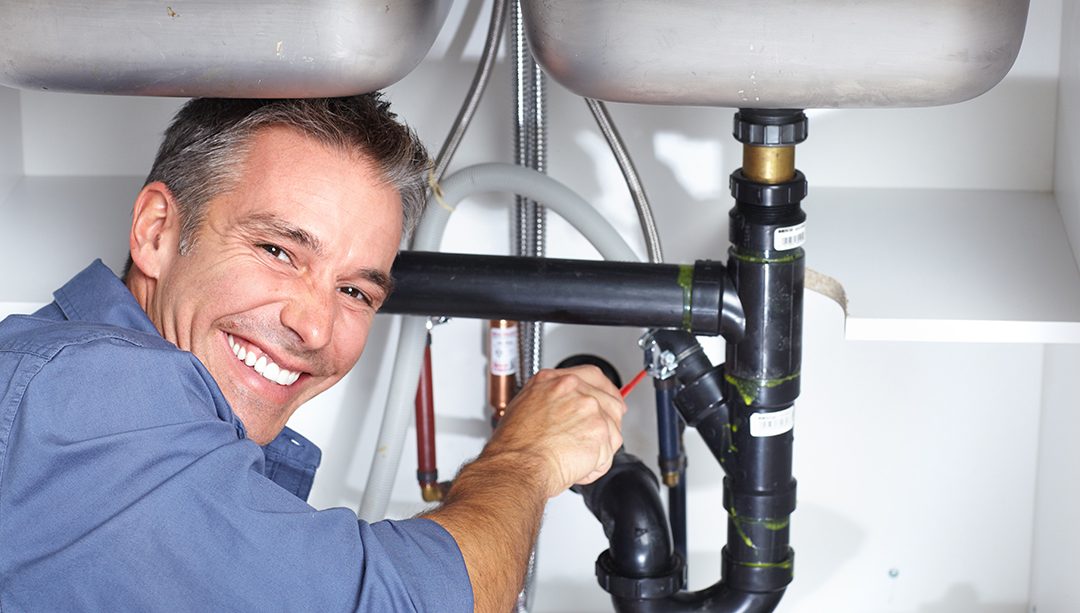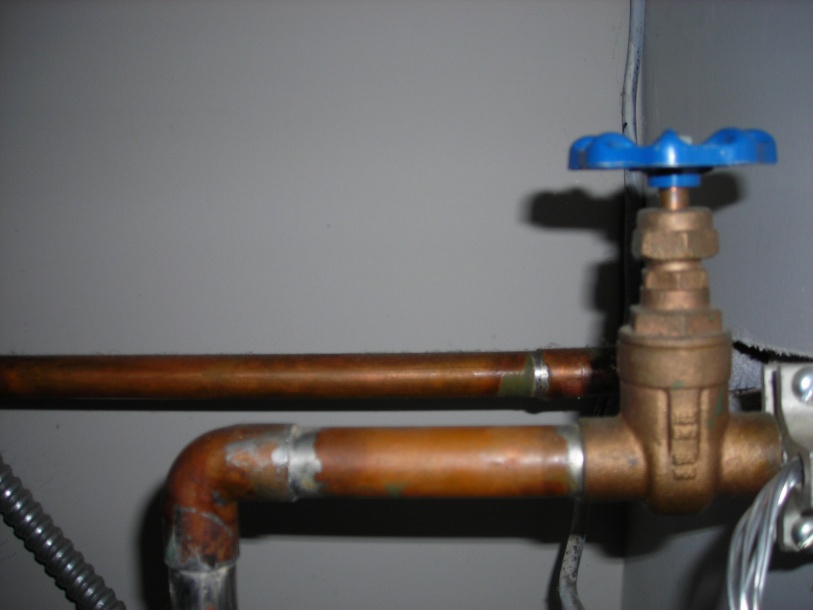Navigating Plumbing Problems in Older Homes: Essential Tips
Navigating Plumbing Problems in Older Homes: Essential Tips
Blog Article
We've discovered this great article relating to Common Plumbing Challenges In Old Buildings listed below on the web and figured it made perfect sense to share it with you on this site.

Older homes often feature appeal, personality, and background, however they can also bring a host of pipes issues. Whether you're managing aging pipelines, low tide pressure, or leakages, knowing just how to deal with these usual issues is important to maintaining a risk-free and functional home. In this overview, we'll discover the common pipes difficulties faced by older homes and supply practical options to keep your pipes in leading shape.
Understanding Typical Pipes Issues
Aging Pipelines
One of the most usual problems in older homes is maturing pipes. Depending upon the era in which your home was developed, the pipelines might be made from materials that have degraded with time, such as galvanized steel, cast iron, and even lead. These products can wear away, become breakable, or develop leakages, bring about water damage and prospective carcinogen.
Water Top Quality Testing
Older pipes can affect the high quality of your water. Conduct a water high quality examination to check for pollutants such as lead, corrosion, or various other impurities that may be presented by maturing pipelines.
Solutions for Common Plumbing Problems
Changing Aging Pipes
If your home has old, weakening pipelines, take into consideration changing them with modern materials like copper or PEX. This can be a considerable investment, yet it will avoid future problems and improve the safety and dependability of your plumbing system.
Fixing Low Water Stress
To repair low water pressure, begin by cleansing or changing old components and removing mineral buildup in the pipes. If the trouble lingers, it might be necessary to replace sections of corroded pipes.
Repairing and Replacing Leaking Pipes
For little leaks, you can utilize pipe clamps or epoxy putty as a short-lived repair. Nevertheless, it's ideal to change dripping pipelines entirely to avoid further damage.
Updating Components
Upgrading old components to contemporary, water-efficient designs can enhance your home's pipes performance and reduce water usage. Search for fixtures with the WaterSense label for the best effectiveness.
Taking Care Of Pipeline Rust
If your pipes are corroded, replacing them with corrosion-resistant materials like copper, PVC, or PEX is the best service. Regular inspections and water quality maintenance can help avoid even more deterioration.
Low Water Pressure
If you're experiencing low water pressure, it could be due to natural resources, deterioration inside the pipes, or old fixtures that are no more functioning effectively. This can be a major inconvenience, specifically in locations like showers and sinks.
Leaking Pipes
Leakages are one more frequent problem in older homes, typically caused by rusty or worn-out pipes. Also small leakages can lead to considerable water damage, mold and mildew growth, and increased water costs if not dealt with promptly.
Obsolete Components
Out-of-date plumbing components such as faucets, bathrooms, and showerheads not only look old yet may additionally be less efficient, vulnerable to leakages, or incompatible with modern-day plumbing criteria.
Pipe Corrosion
Deterioration is a typical issue in older pipes, specifically those made from galvanized steel or actors iron. Rusty pipes can limit water flow, trigger staining, and at some point result in leakages or pipe ruptureds.
Evaluating the Problem of Your Pipes
Inspecting Noticeable Pipelines
Start by evaluating any noticeable pipelines in your house, such as those in basements, crawl spaces, or under sinks. Try to find indicators of rust, leakages, or rust, which can suggest underlying issues.
Checking for Leakages
Look for leaks by examining locations around taps, toilets, and under sinks. You can also monitor your water meter prior to and after a duration of no water use to find hidden leaks.
When to Call an Expert
While some plumbing concerns can be taken care of with DIY options, there are times when it's ideal to hire an expert. If you're dealing with major leakages, considerable corrosion, or are uncertain regarding the problem of your pipelines, a certified plumbing technician can give expert evaluation and repair service.
Preventive Upkeep Tips
Normal Evaluations
On a regular basis evaluate your pipes system for indicators of damage. Capturing issues early can prevent expensive repair services down the line.
Water Stress Law
Guarantee your water stress is within the advised array to stay clear of stressing your pipelines and components. A plumber can install a pressure regulatory authority if required.
Water Top Quality Maintenance
Set up water filters or conditioners if your water high quality is poor. This can secure your pipes and components from damage brought on by tough water or contaminants.
Proactive Pipe Replacement
If your home has older pipes, think about positive replacement before significant concerns develop. This can save you from emergency situation repair services and water damage.
Conclusion
Dealing with pipes problems in older homes requires a combination of watchfulness, preventive upkeep, and prompt upgrades. By comprehending the common obstacles and recognizing when to look for expert help, you can guarantee your plumbing system remains useful and trusted for many years to find.
Common Plumbing Issues in Older Homes and How to Fix Them
Owning an older home in Australia comes with its unique charm and a set of challenges, especially when it comes to plumbing. The Sunshine Coast has many older properties that can harbour plumbing problems that aren t just inconvenient but potentially costly. Here s a look at some common plumbing issues in older homes and expert advice on how to handle them.
Outdated Piping Materials
Many older homes were built with galvanised steel, cast iron, or even lead pipes, materials that are far from ideal by today s standards. Galvanised pipes are prone to corrosion and clogging, while lead pipes pose serious health risks.
How to Fix:
Replacing old pipes is a job for a professional. Upgrading to copper or PVC piping not only enhances water quality and flow but also increases the property s safety and value. If you suspect your home has outdated materials, a licensed plumber can conduct a thorough inspection and recommend the best course of action.
Corrosion and Pipe Degradation
Over time, exposure to water and minerals can cause pipes to corrode, leading to leaks, bursts, and water contamination. Corrosion is especially common in homes over 50 years old.
How to Fix:
Regular inspections can catch early signs of corrosion. If corrosion is found, the affected section of piping often needs to be replaced. For homes with extensive corrosion, a complete plumbing overhaul might be necessary. It s crucial to consult with a plumbing expert to understand the extent of the issue.
Tree Root Intrusion
Older neighbourhoods usually have mature trees whose roots can intrude into pipe lines, causing blockages or damage. This is particularly problematic for sewer lines, where roots seek out water sources.
How to Fix:
A plumber can use a specialised camera to inspect sewer lines for root intrusion. If roots are a problem, methods like root cutting or hydro-jetting can clear the obstruction. In severe cases, part of the pipe may need replacing. Consider root barriers around the piping to prevent future issues.
Inadequate Water Pressure
Low water pressure in older homes can be due to various factors, including corroded water lines, sediment build-up in pipes, or outdated fixtures.
How to Fix:
First, check if the low pressure is isolated to one area or throughout the house. Replacing old fixtures can sometimes resolve the issue. However, if the problem is more widespread, it might be due to sediment or corrosion. Flushing the system or replacing the affected pipes usually restores normal pressure. Again, a professional assessment is advisable.
Outdated Fixtures
Older homes often feature fixtures that are not only visually dated but functionally inefficient. This includes everything from toilets and taps to showerheads and washing machine hoses.
How to Fix:
Updating these fixtures can improve both water efficiency and the aesthetic appeal of your home. Modern fixtures are designed to conserve water, which can significantly reduce your water bill and lessen your environmental impact.
Conclusion
Maintaining the plumbing in an older home requires a proactive approach. Regular checks and updates are key to preserving these beautiful properties. If you re facing plumbing issues in your older home, it s best to call on experienced professionals like Green & Gold Plumbing & Gas. With the right expertise, even the most daunting plumbing problems can be resolved, ensuring that your home s character is maintained while its functionality is enhanced.
https://gandgplumbing.com.au/common-plumbing-issues-in-older-homes-and-how-to-fix-them/

As a keen reader on Plumbing Problems In Old Homes, I think sharing that information was worth the trouble. Are you aware of somebody who is fascinated by the subject? Do not hesitate to promote it. Bless you for your time. Return soon.
Learn More Report this page